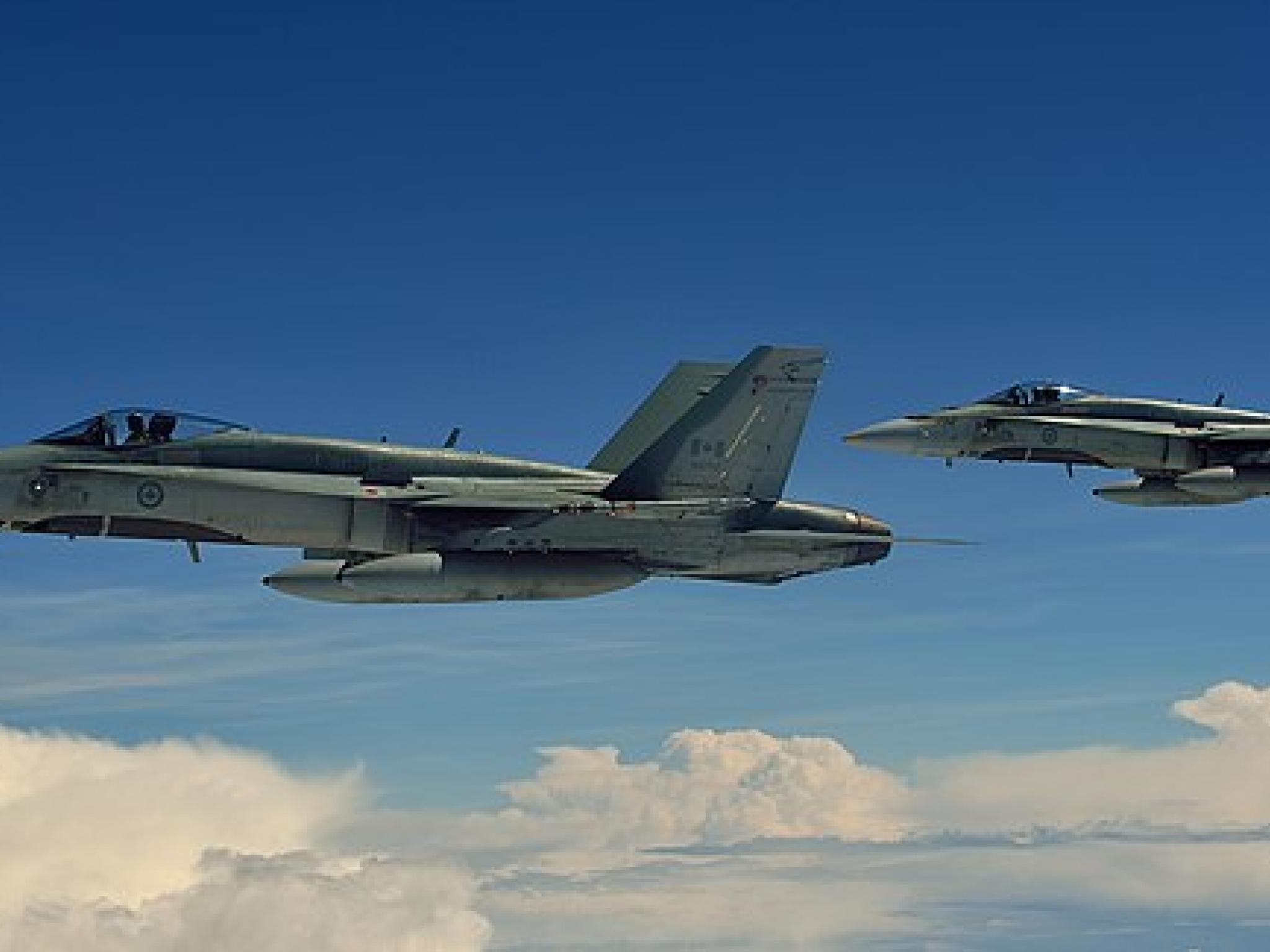
Relations between Canada and China are worsening after a series of incidents involving the air forces of the two countries over the Korean peninsula.
What Happened: The Globe and Mail reported that the Canadian military is monitoring North Korea as part of a United Nations mission to ensure Kim Jong-un’s government is in compliance with the world body’s sanctions.
However, Canada has reported that Chinese aircraft have harassed its pilots in a series of incidents that took place between April 26 and May 26 over the East China Sea, where China established an aircraft defense identification zone in 2013 that is not recognized by the UN.
Canada's Department of National Defense stated that Chinese fighter jets have forced Canadian planes to divert from their courses in order “to avoid a potential collision,” and Prime Minister Justin Trudeau called out the Chinese government in a Monday press conference.
“China’s actions are irresponsible and provocative in this case, and we will continue to register strongly that they are putting people at risk while at the same time not respecting decisions by the UN to enforce UN sanctions on North Korea,” Trudeau said.
See Also: China Warns Biden Not To Enforce Xinjiang Import Law: Report
What Else Happened: The Chinese government disputed the Canadian version and dropped a vague threat that Canada’s pilots will face danger if the situation continues.
“The UN Security Council has never authorized any country to carry out military surveillance in the seas and airspace of other countries in the name of enforcing sanctions,” said Zhao Lijian, spokesperson for China’s Ministry of Foreign Affairs, during a Beijing press conference. “China urges Canada to see the severity of the incident and refrain from taking any adventurist or provocative moves. Otherwise, all the grave consequences will be borne by the Canadian side.”
But Canada is not the only country facing harassment from Chinese pilots. Australia publicly acknowledged a May 26 incident where a Chinese J-16 fighter aircraft intercepted an Australian P-8 surveillance aircraft that was described as being on a “routine maritime surveillance” mission in international airspace above the South China Sea.
Australian Defense Minister Richard Marles stated the Chinese aircraft came so close that it was able to release a “bundle of chaff” containing small pieces of aluminum that found its way into the Australian aircraft’s engine.
Photo: RCAF / Wikimedia Commons







